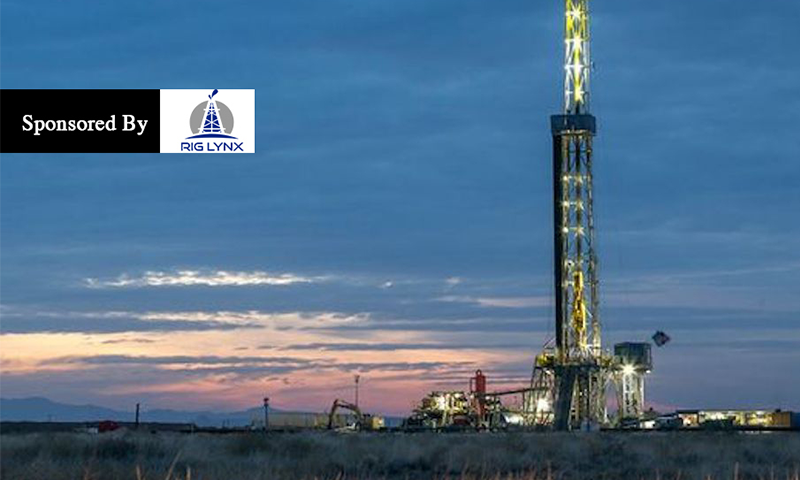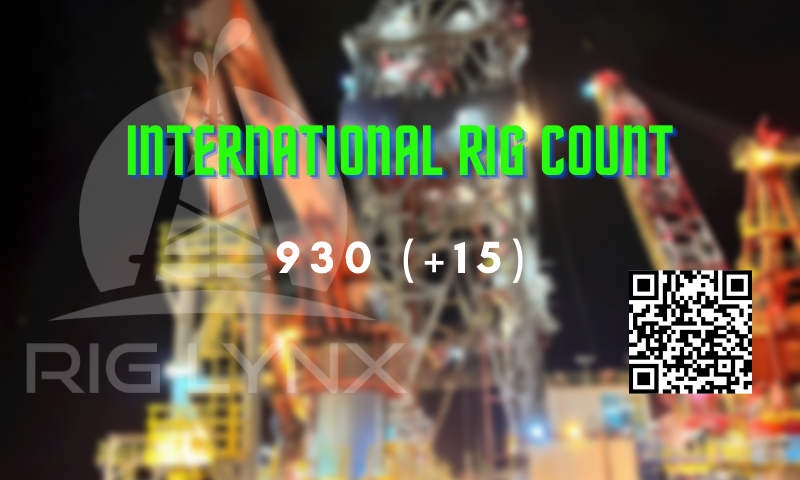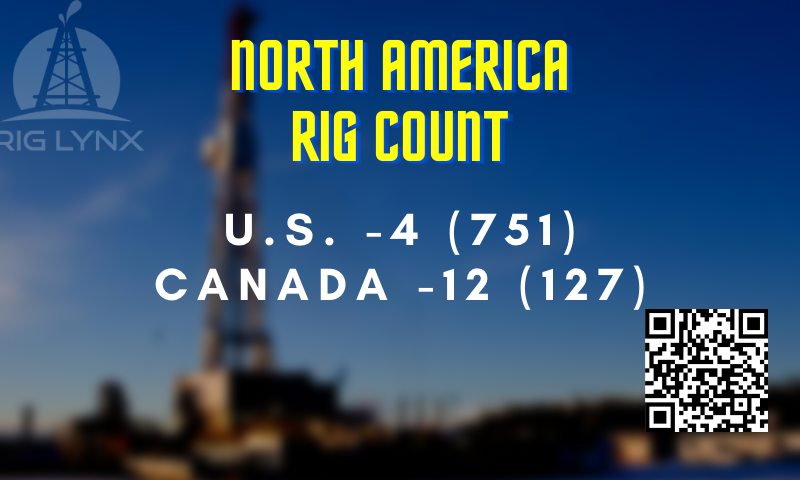
A report published last week by leading private bank, Berenberg, predicted a bright future for the oil and gas sector through 2019, with the companies benefiting from structural improvements in their businesses and stronger competitive positioning combined with a strong macro environment.
Henry Tarr, lead oil and gas analyst at Berenberg explained that the sector has restructured through the downturn, improving efficiency, driving costs lower and increasing returns on future projects.  “The oil and gas majors are delivering the best production growth for well over a decade into an improving commodity price environment, which should drive substantial free cashflow generation from the group,†he said.
The report highlighted US shale as an area where the prospects were especially strong. “Unlike most oil and gas developments it can be turned into something like a manufacturing process,†Tarr added. “A typical conventional oilfield is unique in terms of location, size and hydrocarbon composition, and therefore requires a bespoke engineering and construction solution in the development plan. There may be many similar types of developments, but there are always some variations, either environmental or geological, which limit the standardization that can be done.
“In shale, by contrast, thousands of wells can be drilled into the same structure, and whilst the geology is not uniform, processes can be optimized and changed over time to boost efficiency and productivity and minimise costs. Companies can experiment with different types of wells, completion techniques and technologies to maximize recovery rate and economics over time.â€
In the US, landowners typically hold the mineral rights underneath their land, and can therefore directly benefit from the development of any resource, generally through royalty payments. This provides high incentives for landowners to get resources developed. In many other parts of the world, the state owns the mineral rights, leaving private landowners with no incentive to develop their land.
The US has the largest and most-sophisticated onshore oil service industry globally, meaning that there were companies with the capability to develop the technical breakthroughs required to make shale developments work combined with a critical mass of land rigs and service providers able to offer economies of scale.
The US fiscal regime, which Tarr described as highly attractive relative to other oil and gas tax regimes, along with the political and fiscal stability as other important factors in the favour of US shale. “The payback period on a shale well can be as little as six to 12 months, a large contrast to typical large conventional capital projects which can often take three or more years to construct, and a further three to five years from starting up to reach payback,†he added.
“The short time frames involved makes it possible to minimize commodity price risks in a shale development by hedging oil prices over the next year, giving operators visibility on forward revenue. For a conventional project starting production in three years’ time and producing for 10-15 years beyond that, it is not practical to hedge commodity risk, which the operator must then manage.â€
Majors leading the wayÂ
According to the report, the majors look strong but will rely on Tier one suppliers and oil service companies for growth. However, a fear remains that they have not emerged from the downturn as strong as the majors having borne the brunt of the cost-cutting pressures. “In the international arena, after several years of lower activity levels the service companies are hungry for work, and there is plenty of spare capacity,†Tarr said. “This is particularly the case in the offshore sector, where capacity was built out for strong growth in the prior upcycle which did not arrive, meaning that there is no shortage of offshore rigs and subsea installation capacity.
“In the US onshore, activity has already been strong for the last 12 months, and we are starting to see signs of cost inflation creeping into the key shale regions. This has been relatively contained so far, but if activity continues to grow then we would expect to see prices start to rise further.â€
Tarr pointed to three majors who are well placed for growth in the coming decade, Total, BP and Repsol. Total is benefiting from the high investment through the prior cycle, with a flood of new projects starting – including Yamal and Ichthys LNG projects, Fort Hills, Egina, and Kaombo. “These projects are driving the best production growth profile of the group (five per cent CAGR to 2022) as capex commitments wind down, into a stronger commodity price environment,†Tarr explained.
He added that BP’s focus on operational excellence has delivered improved uptime on upstream and downstream facilities, and lowered upstream costs, while Repsol’s complex refining system positions them well for the introduction of the IMO low sulphur regulations in 2020.
Future risks
Despite the largely positive outlook there are some very real risks on the horizon. “A slowdown in emerging market demand is a key risk, with weaker currencies driving oil prices higher in local currency terms,†Tarr said. “Non-OECD accounts for 70 per cent of global oil demand growth for 2019/20, so we are watching developments in demand, global trade and emerging market activity closely.
“US shale growth could also outpace our assumptions, driving the market back into surplus, and oil prices lower, earlier than we currently forecast.â€
Original Article Here- Forbes



